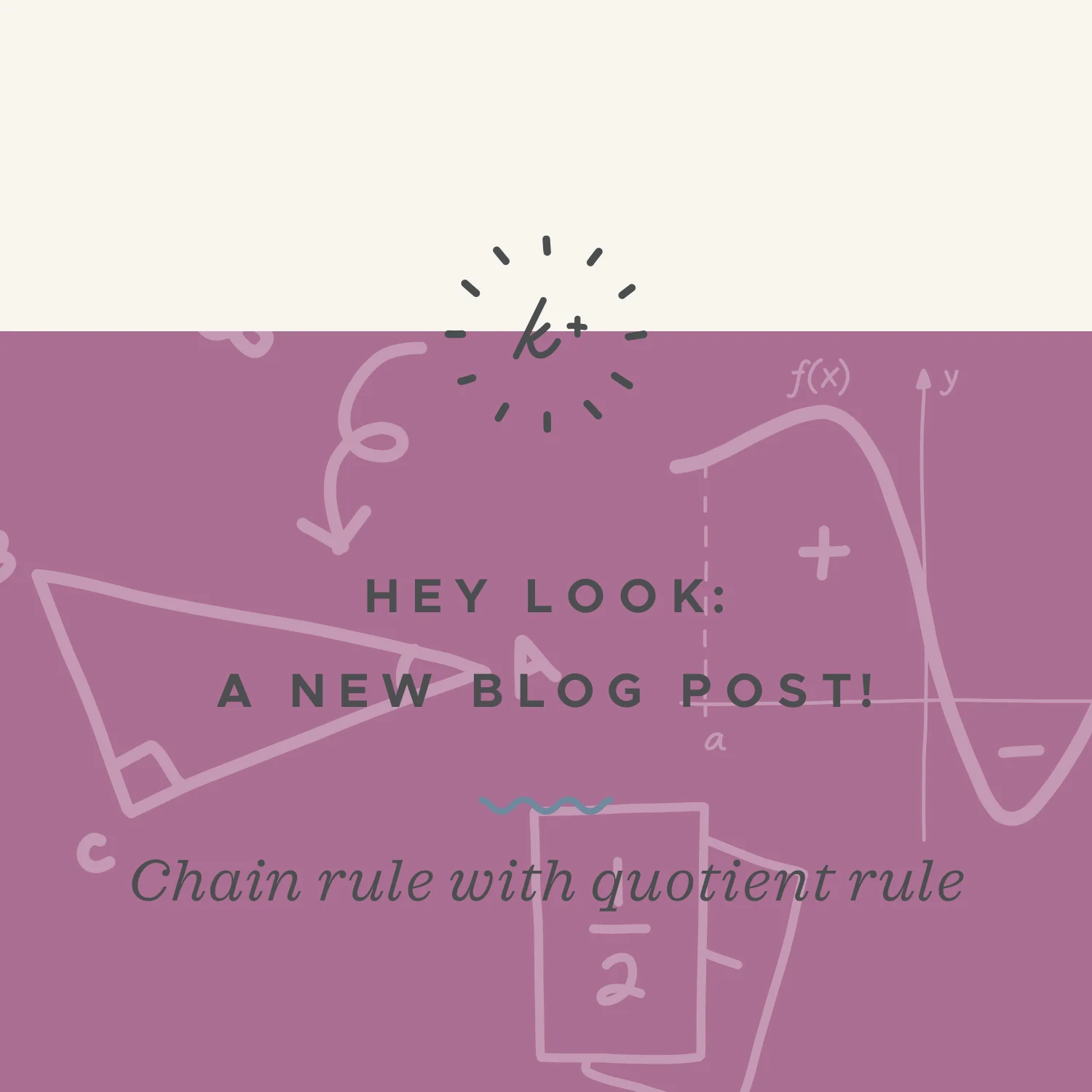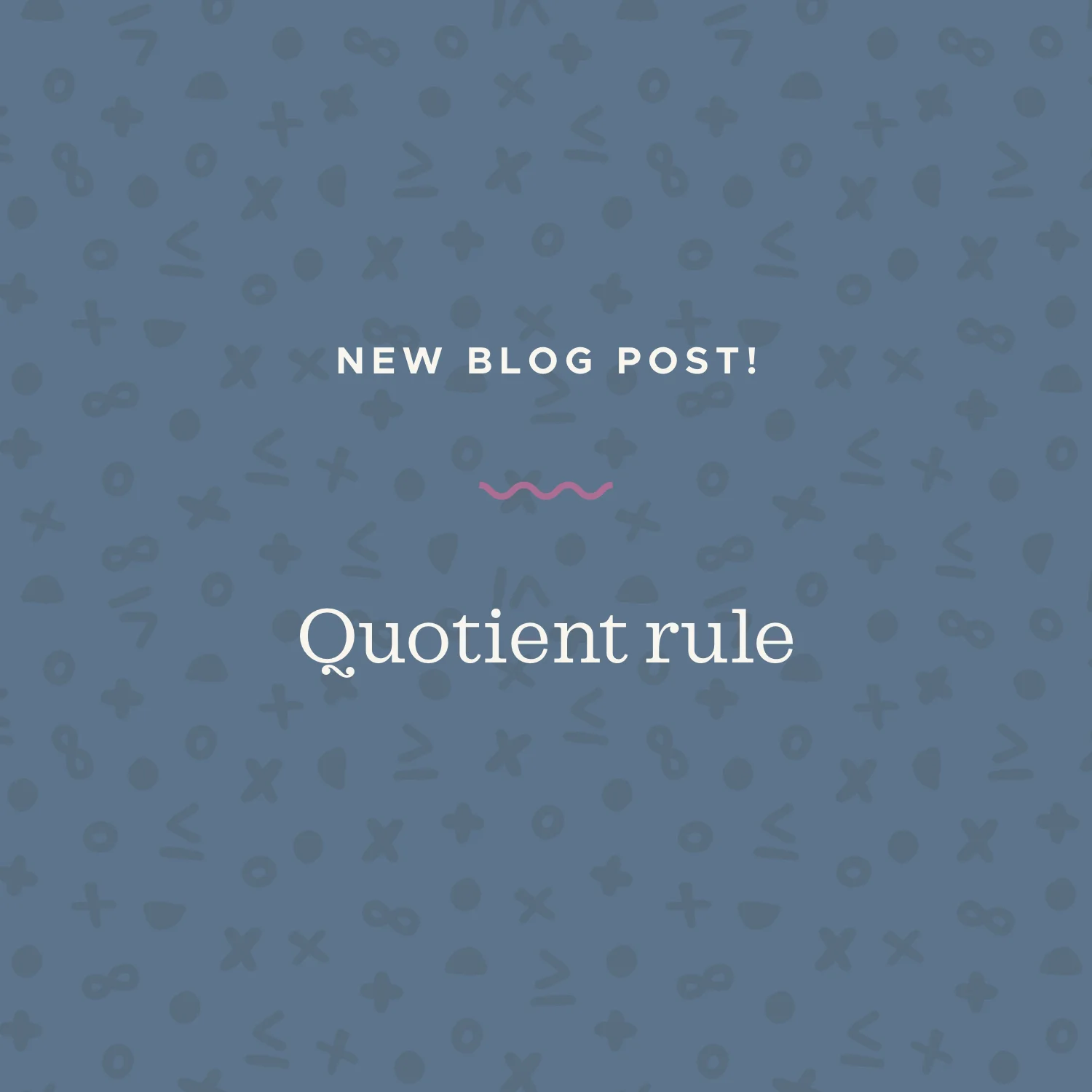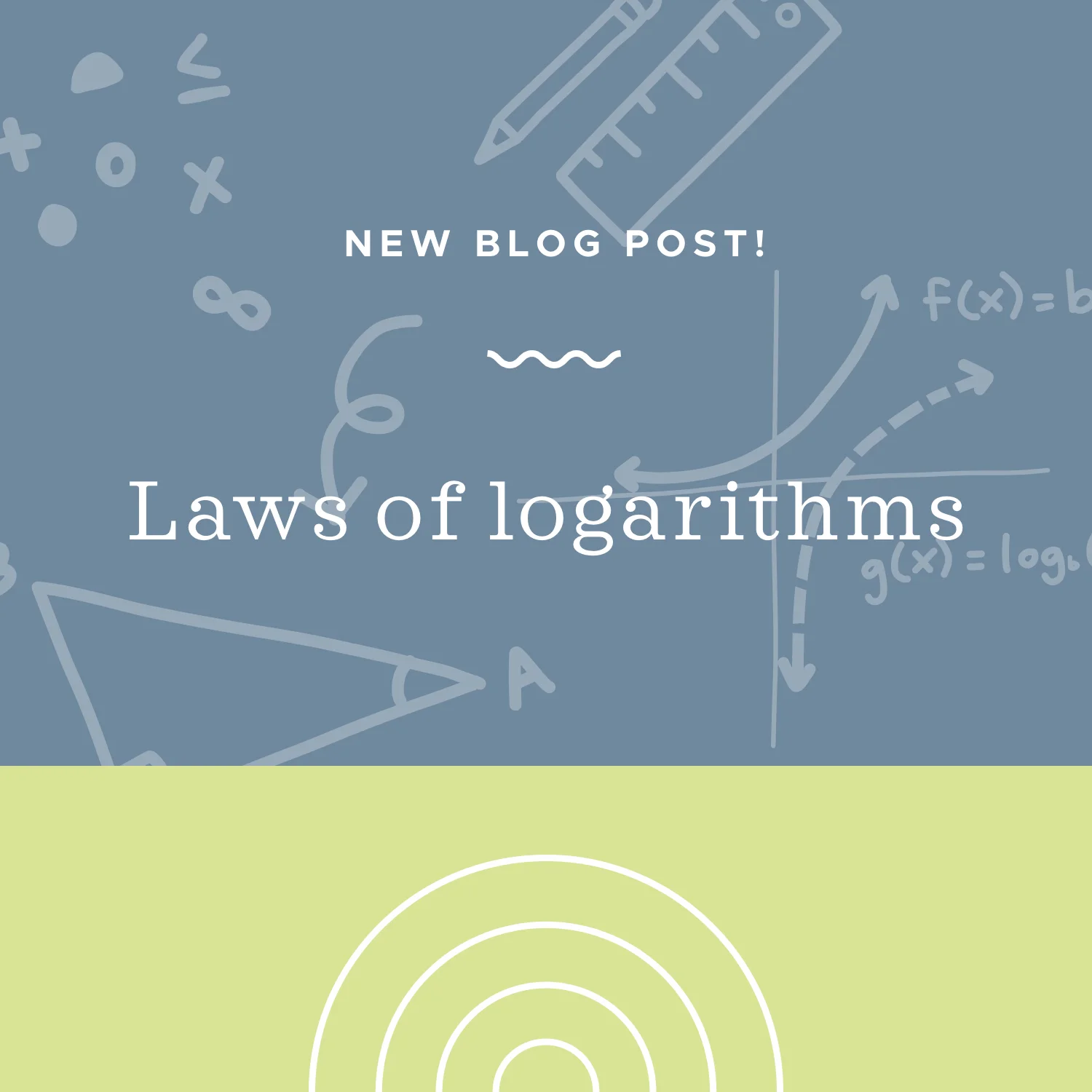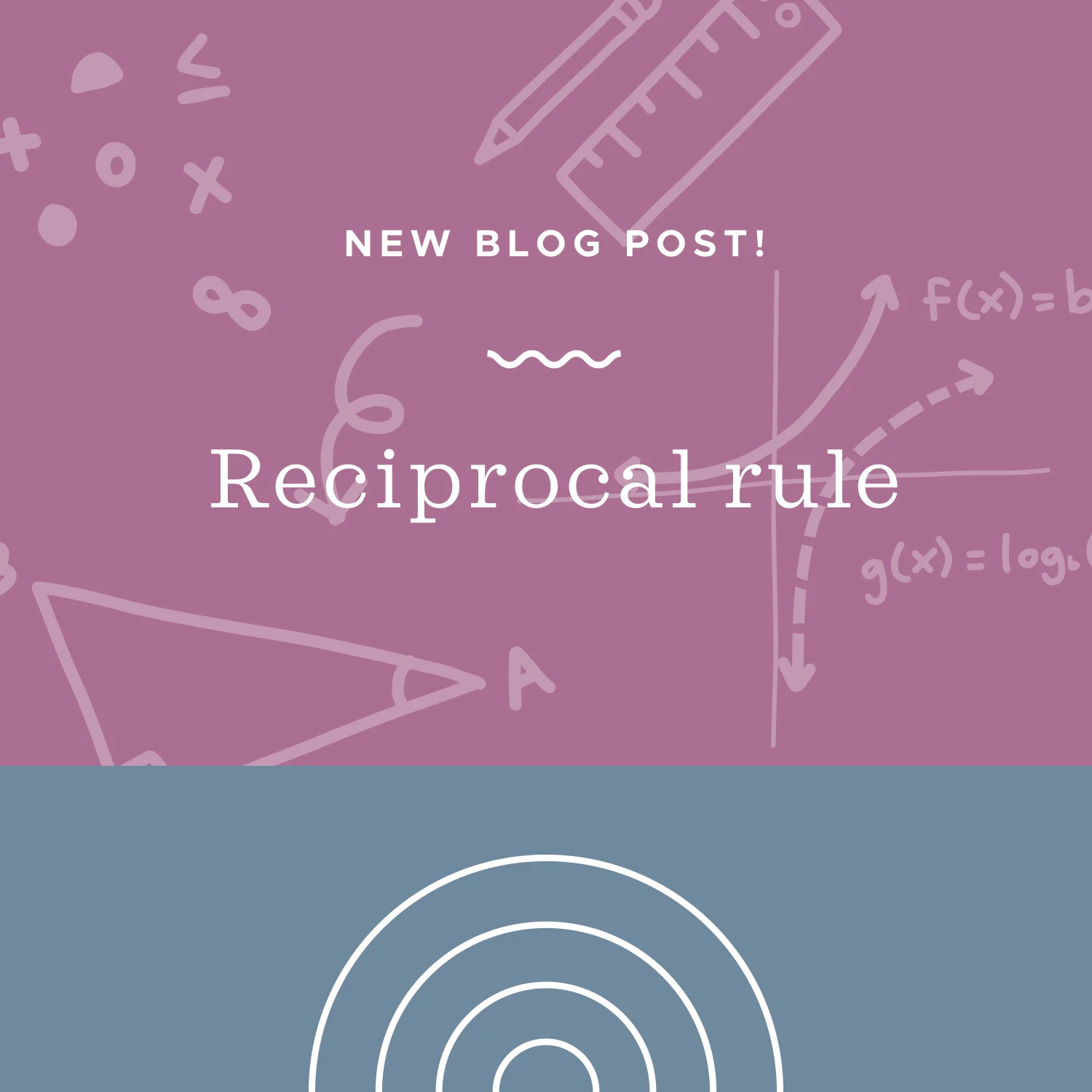Chain rule is also often used with quotient rule. In other words, we always use the quotient rule to take the derivative of rational functions, but sometimes we’ll need to apply chain rule as well when parts of that rational function require it. Let’s look at an example of how these two derivative rules would be used together.
Read MoreJust as we always use the product rule when two variable expressions are multiplied, we always use the quotient rule whenever two variable expressions are divided. So to find the derivative of a quotient, we use the quotient rule.
Read MoreThis is the rule we use when we’re dividing one exponential expression by another exponential expression. The quotient rule tells us that we have to subtract the exponent in the denominator from the exponent in the numerator, but the bases have to be the same.
Read MoreLaws of logarithms (or laws of logs) include product, quotient, and power rules for logarithms, as well as the general rule for logs (and the change of base formula we’ll cover in the next lesson), can all be used together, in any combination, in order to solve log problems.
Read MoreGiven that the numerator is a constant and the denominator is any function, the derivative will be the negative constant, multiplied by the derivative of the denominator divided by the square of the denominator.
Read More






